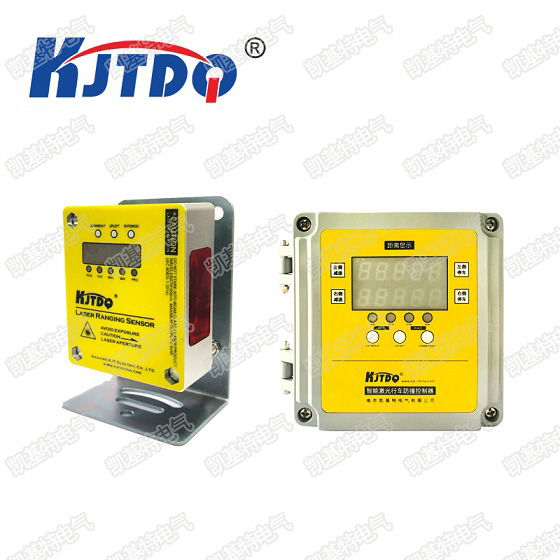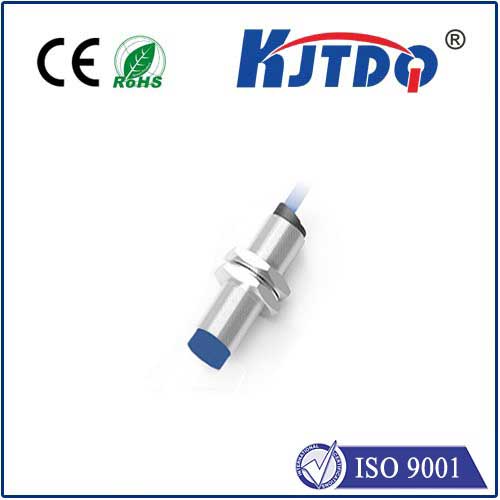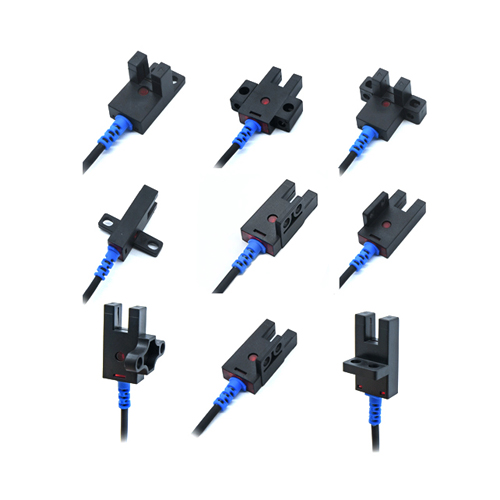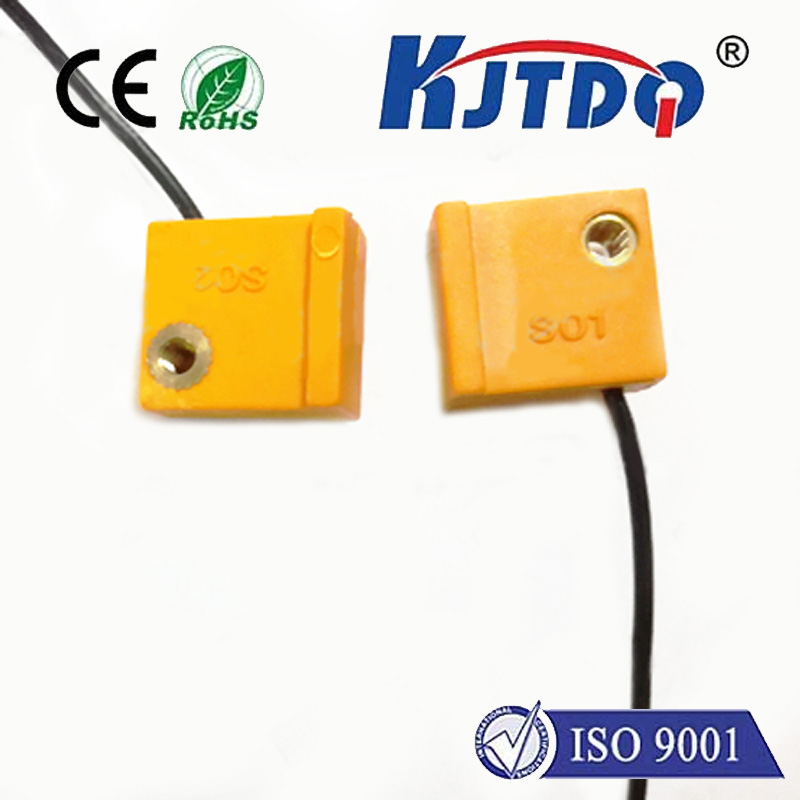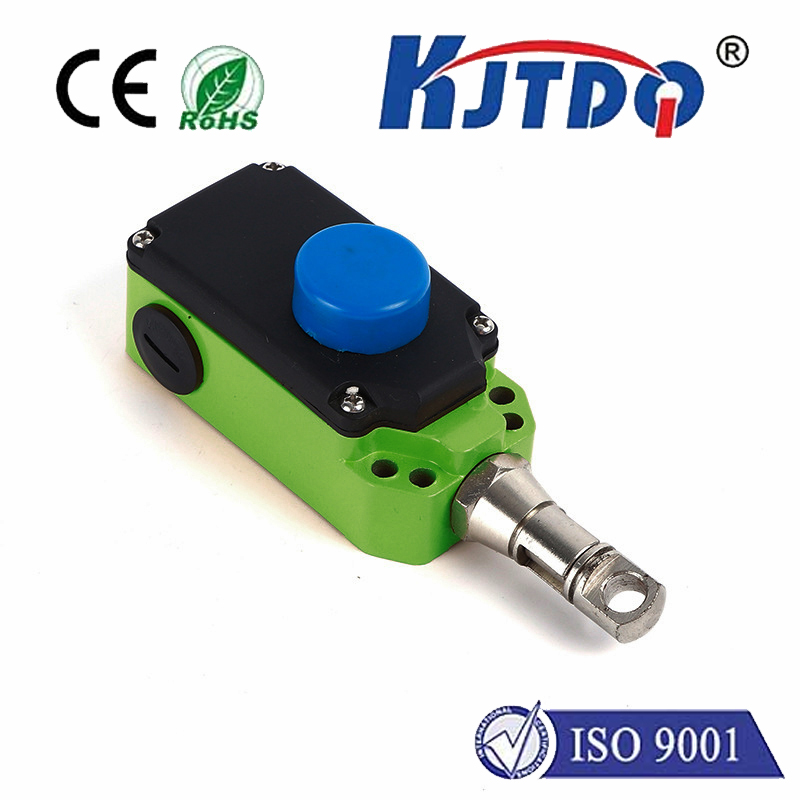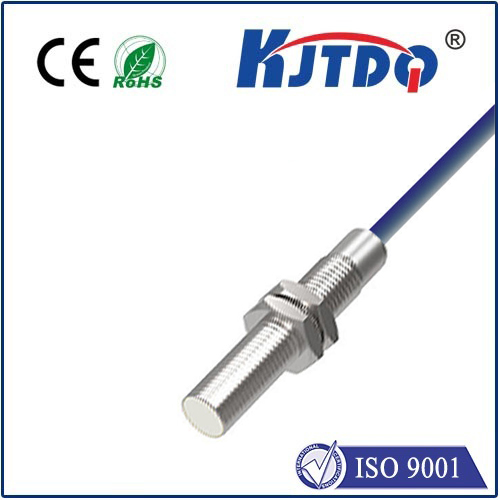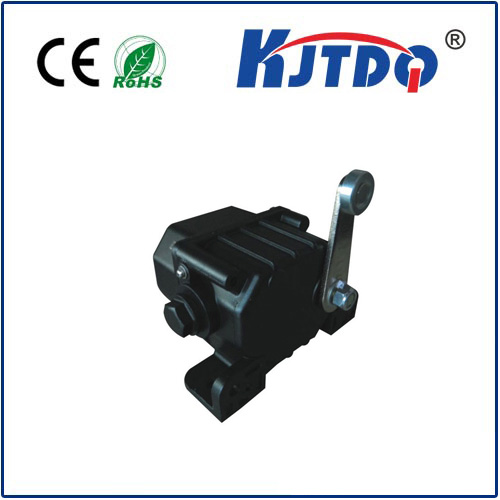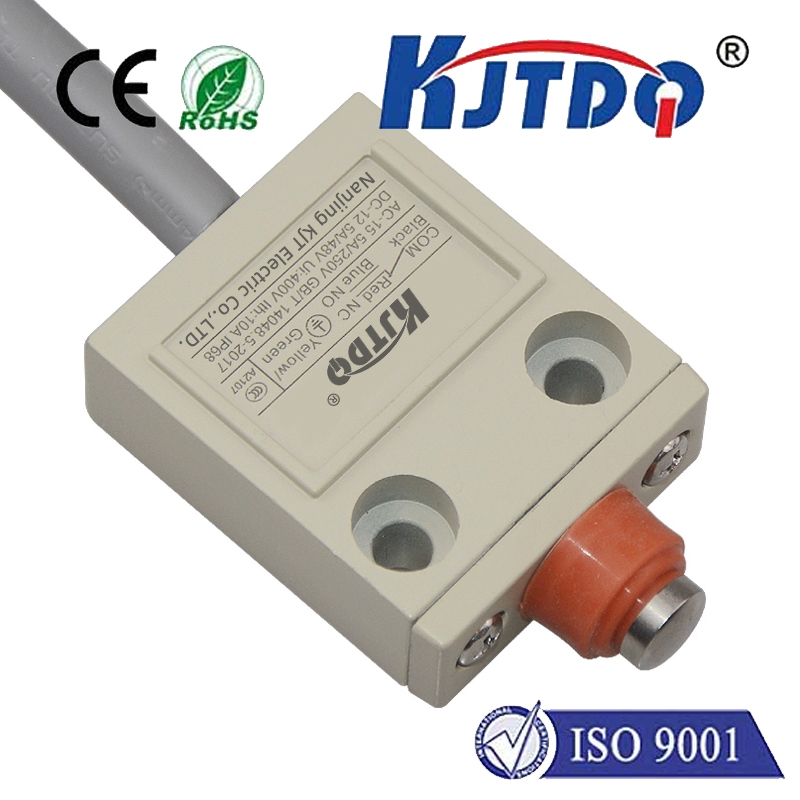proteus temperature sensor
- time:2025-08-24 03:59:16
- Click:0
Mastering Temperature Sensor Simulation in Proteus Design Suite: From Concept to Virtual Validation
Imagine spending weeks meticulously designing an electronic circuit, only to have a critical component overheat and fail during the first real-world test. Thermal issues are notoriously difficult to predict solely from schematics. This is where the powerful combination of Proteus Design Suite and simulated temperature sensors becomes invaluable. By integrating accurate thermal models within your virtual design environment, you can foresee thermal problems, optimize component selection, and validate firmware interactions long before physical prototyping begins, saving significant time, cost, and frustration.
Proteus, developed by Labcenter Electronics, is far more than just schematic capture and PCB layout software. Its core strength lies in the Integrated Virtual System Modelling (VSM) technology. VSM allows you to simulate the combined behaviour of microcontroller firmware (running actual compiled code) and the surrounding analogue/digital circuitry. This capability is crucial for developing robust systems where environmental factors, like temperature, play a critical role.
Why Simulate Temperature Sensors in Proteus?

The benefits are compelling:
- Cost and Time Efficiency: Physical prototypes are expensive and time-consuming. Debugging thermal issues on a physical board can be incredibly challenging. Simulation identifies potential thermal hotspots or sensor interaction problems early in the design cycle.
- Risk Mitigation: Discovering a sensor isn’t reading correctly or that a component exceeds its thermal limits during simulation avoids costly PCB respins or product recalls.
- Firmware Validation: You can develop and thoroughly test the microcontroller code responsible for reading the sensor, processing the temperature data, and triggering actions (like turning on a fan or sounding an alarm) within the safe confines of the simulation.
- “What-If” Scenarios: Easily test how your circuit and firmware respond to extreme temperature conditions that might be difficult, dangerous, or expensive to replicate physically (e.g., -40°C or +125°C).
Common Temperature Sensor Models in Proteus
The Proteus component library includes models for many popular temperature sensors, crucial for realistic Proteus temperature sensor simulations. Here’s a look at some frequently used types:
- LM35 (Precision Centigrade Sensor): An analogue classic. The LM35 outputs a voltage linearly proportional to the Celsius temperature (10mV/°C). It’s simple to interface, requiring only connection to an ADC pin on a microcontroller. Its simulation model in Proteus accurately reflects this behaviour.
- DS18B20 (1-Wire Digital Sensor): This digital sensor uses Maxim’s distinctive 1-Wire protocol, allowing multiple sensors to share a single microcontroller pin. The DS18B20 provides high precision (up to ±0.5°C) and direct digital output. Simulating its complex timing and protocol interactions within Proteus is essential for validating your 1-Wire driver code.
- DHT11/DHT22 (Humidity & Temperature Sensor): While primarily known for humidity, these sensors also provide temperature readings. They use a proprietary single-wire protocol. Simulating the DHT11 or DHT22 helps debug the timing-critical communication code needed to fetch data.
- Thermistor Models: Proteus provides generic thermistor components (NTC - Negative Temperature Coefficient, PTC - Positive Temperature Coefficient) whose resistance vs. temperature curve can be configured. These are often used in simple voltage divider circuits feeding an ADC.
- Virtual Instruments: Beyond component models, Proteus offers virtual instruments like the Voltmeter, Oscilloscope, and SPI/I2C Debugger. These are indispensable tools for probing the analogue output of a sensor like the LM35 or decoding the digital communication stream from a DS18B20 or DHT sensor within the simulation.
Implementing a Proteus Temperature Sensor Simulation: A Workflow
Here’s a concise guide to simulating a temperature sensor:
- Schematic Design:
- Place your microcontroller (e.g., Arduino, PIC, ARM) on the schematic.
- Search the Proteus library (Library > Pick Device/Symbol) for your chosen sensor (e.g., “LM35”, “DS18B20”).
- Wire the sensor to the appropriate microcontroller pins (analogue input for LM35, digital I/O for DS18B20/DHT).
- Add any necessary passive components (pull-up resistors for digital sensors like the DS18B20).
- Place relevant virtual instruments (e.g., Voltmeter across LM35 output, Oscilloscope or Logic Analyser on the digital sensor line).
- Firmware Development:
- Write the microcontroller code (in C, Assembly, Arduino, etc.) in your preferred IDE.
- The code should initialize the hardware (ADC, timers, UART for debugging) and implement the logic to:
- Read the sensor (ADC conversion for analogue, bit-banging or using a library for digital protocols).
- Convert the raw reading into actual temperature (using sensor datasheet formulas).
- Take actions based on the temperature (e.g., display on LCD, send data via UART, control a fan/heater via GPIO).
- Compile and Load:
- Compile your firmware to generate a
.hex (or similar) machine code file.
- Double-click the microcontroller symbol in Proteus. In the properties dialog, browse to and select your compiled
.hex file in the “Program File” field.
- Simulation and Debugging:
- Click the “Play” button to start simulation.
- Crucially: Right-click on the sensor component (e.g., LM35, DS18B20). Select “Property Editing Tool” or similar.
- Adjust the Temperature: You’ll find a field where you can manually set the simulated ambient temperature the sensor is experiencing (e.g., set it to 25°C, then 75°C). This is the heart of temperature sensor simulation.
- Observe how the circuit responds:
- Check the virtual instrument readings (Voltmeter voltage for LM35, Oscilloscope traces for digital sensors).
- Use the Proteus VSM Debugger to step through your code, inspect variables (like the raw ADC value or converted temperature), and verify calculations.
- Monitor any actuator outputs (e.g., does the fan turn on at the correct threshold?).
- Look for unexpected behaviour like MCU resets or incorrect sensor readings.
Advanced Simulation: Graphs and Analysis
Proteus offers powerful graphing capabilities:
- Transient Analysis: Simulate how temperature changes affect your circuit over time. You might programmatically ramp the sensor’s temperature property via a script or manually change it at intervals, observing the system’s dynamic response.
- Frequency Response: While less common for basic sensing, you could analyse how sensor filtering circuits behave.
- Digital Timing Analysis: The Logic Analyser and SPI






